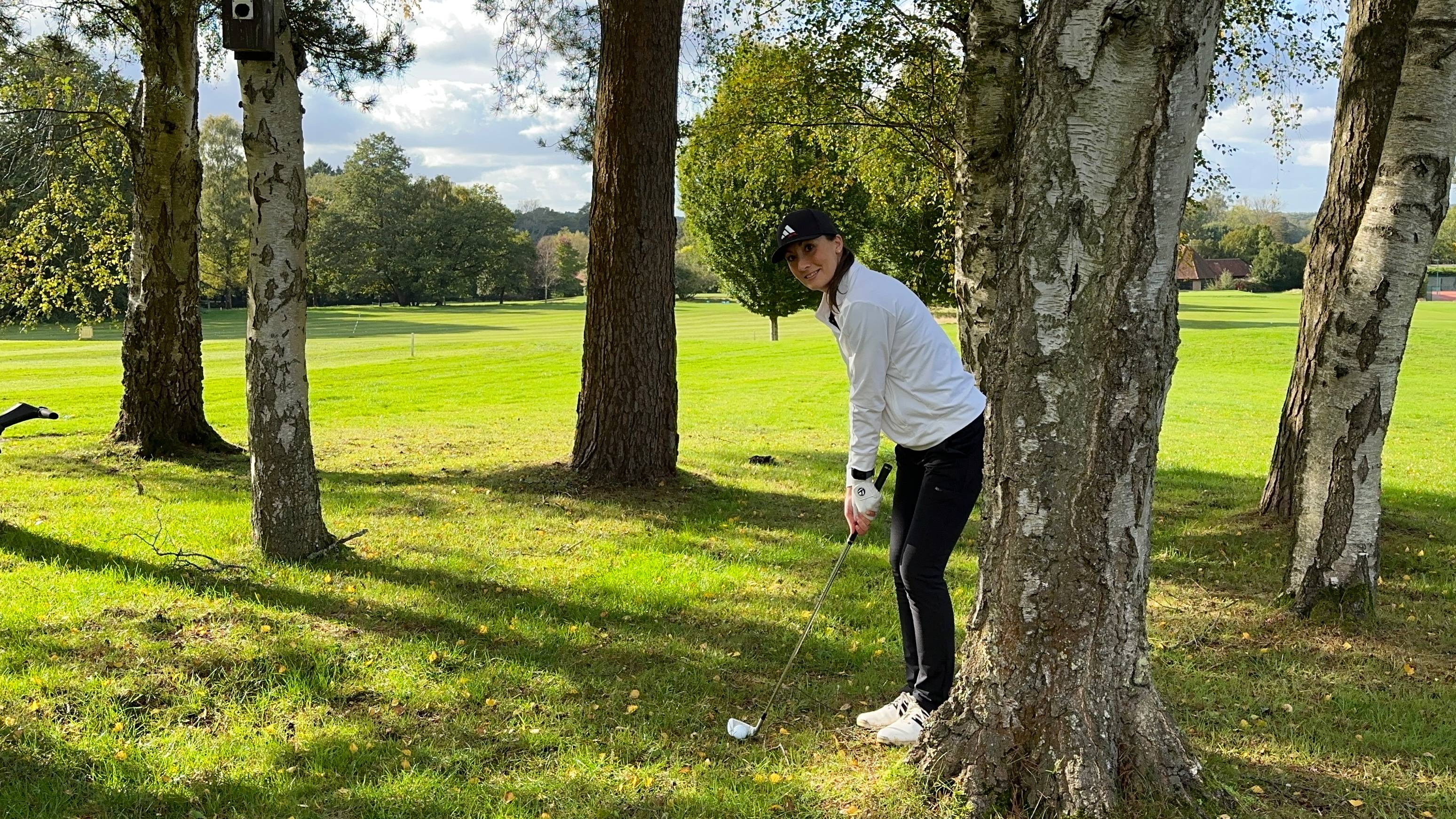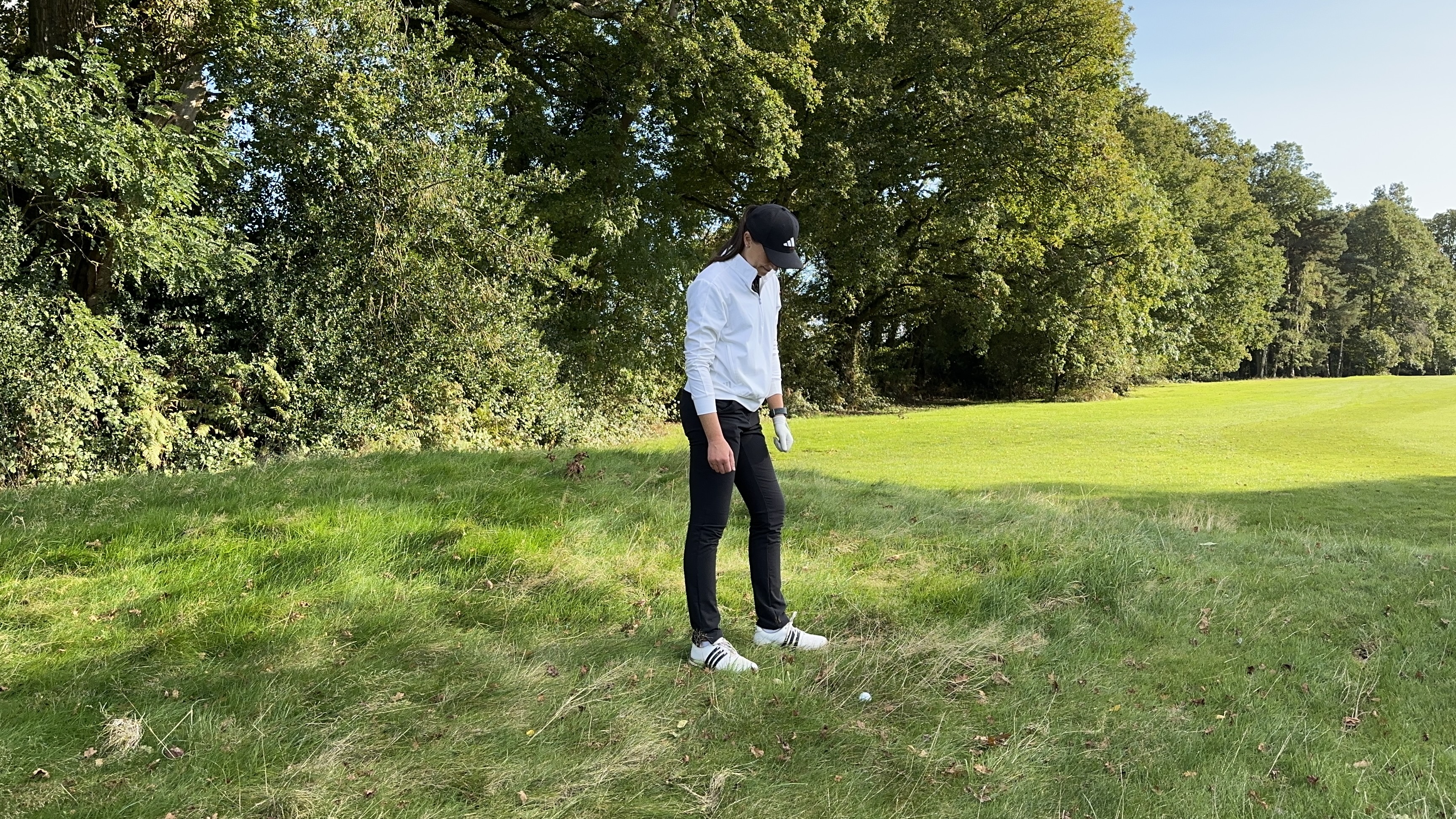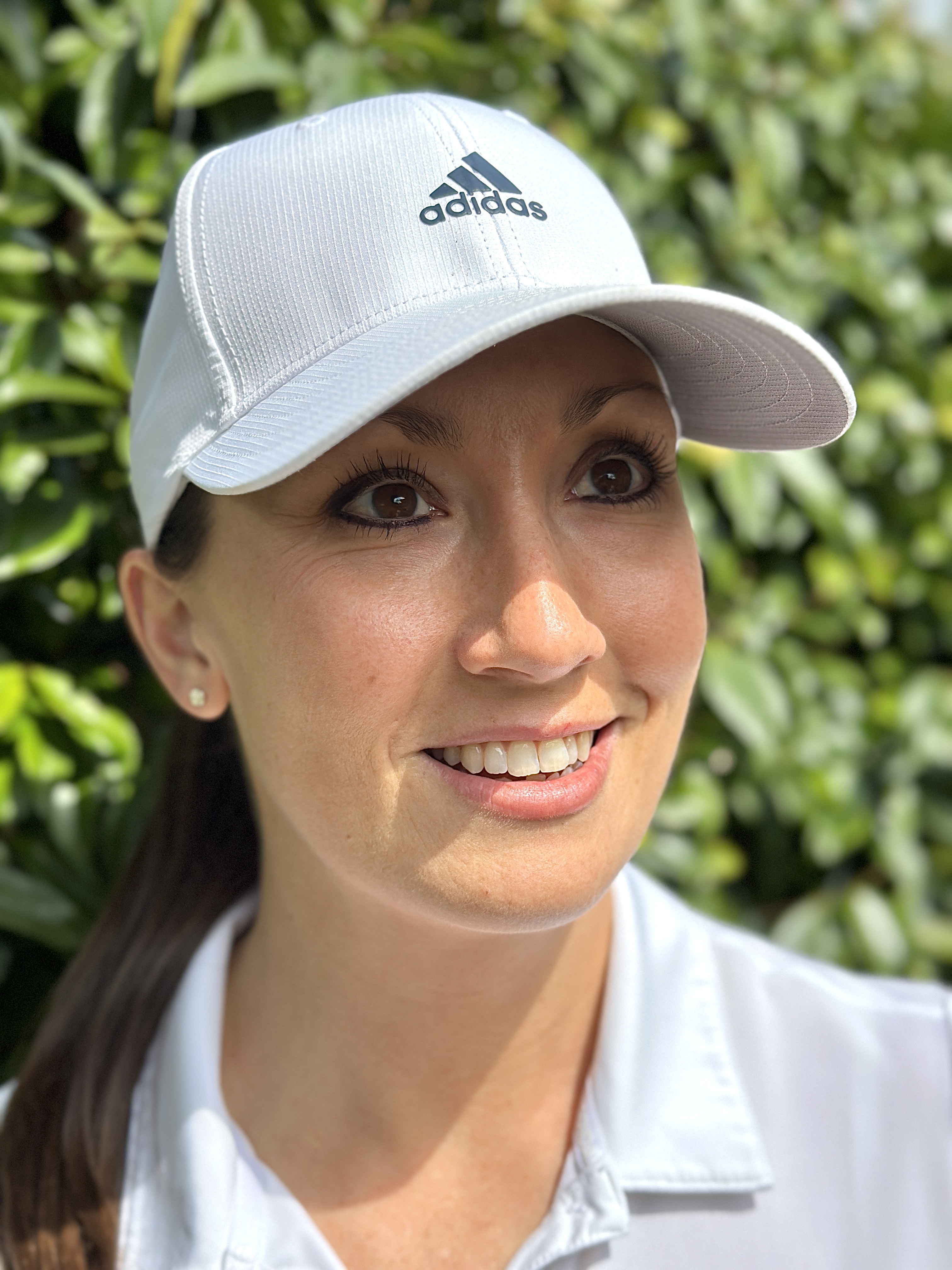I Left So Many Shots Out There, But Then I Tried These 5 Strategy Tips And Have Never Played Better
If you're losing shots due to silly mistakes, consider these strategy tips from single figure golfer Jess Ratcliffe to improve your score


When it comes to saving shots on the course, I’ll admit that I’ve been the golfer who turns to tweaking with technique. I’ll tell myself that if I can just hit my irons straighter or find the fairway with my driver, that will do the trick. But lately, I’ve been working on how I think my way around the course and it’s been saving me shots, without spending hours on the range.
Here are 5 course strategies that will save you shots the next time you play.
The 80% Rule
The 80% rule is this idea that we choose targets and shots that we feel 80% (or more) confident we can pull off and leave those hit-and-hopes in the bag.
When driver brings those fairway bunkers into play, instead of risking it and hoping to find the fairway in between, the 80% shot would be to choose the club – or target – you’re confident won’t reach the trouble. This might leave you with a longer next shot but it’s worth it for the confident – rather than cautious – swing you’ll have off the tee.
Or when you’re hitting into the green and the pin is tucked at the front, surrounded by sand, the 80% play would be to go for the largest part of the green. Knowing that gives you the best chance of reaching for your putter, rather than sand wedge, on your next shot.
I was introduced to the 80% rule by Ladies European Tour Pro, Annabell Fuller, who I was lucky to film playing a few holes. This was Annabell’s tip on my search for scratch – to plot my way around the course using the 80% rule.
So the next time you’re in between choices, ask yourself, which shot do I feel 80% (or more) confident I can pull off? And go with that one.
Subscribe to the Golf Monthly newsletter to stay up to date with all the latest tour news, equipment news, reviews, head-to-heads and buyer’s guides from our team of experienced experts.
Next Shot Strategy
When I’m playing in a competition, I’ve noticed that I’ll leak most of my shots over 3 of the 18 holes because I'll make double bogey, rather than bogey at worst.
Those double bogeys are typically down to two things – a leaky shot and a 'greedy' shot. The leaky shot might be my driver off the tee, leaving me in the trees or my approach shot into the green, shaping off sideways.

And then the greedy shot kicks in because I’m trying too hard to save a score. Maybe it’s the punchy number through the trees that doesn’t make the gap or the delicate pitch shot that comes up short.
It’s when those two shots – the leaky and the greedy – come together, that I make a double bogey. That’s why, I’ve been using the next shot strategy to make fewer doubles.
When I find myself out of position, I’ll ask myself “where do I want to be playing my next shot from?” and work back from there.
Get It On The Green
This might seem like an obvious strategy but it’s one I can let slip, especially from 100 yards and in. Here’s an example of when I did exactly that, even though I thought I’d hit a cracker…
I was playing in a competition and I had a 90 yard approach shot to a back pin on an uphill green. There was nothing to carry, no bunkers or thick rough to fly over. So I reached for my pitching wedge and thought, I’ll do a down-the-shaft, small punchy swing to and land this just short of the pin.
The shot came off exactly as I hoped, pitching in front of the pin, before gently rolling off the back. With my excitement to fly a wedge in close, I forgot to factor in that this green always rolls uphill, like one of those optical illusions.
As I watched my ball make its way into the luscious rough off the back, I sighed and promised myself that next time, I’m just going to get it on the green.
So the next time you’re hitting into the green and you’re tempted to stick something close and risk the miss, ask yourself, what’s the play that puts putter in your hands?
Take The Trouble Out Of Play
I’ve been using this rule of thumb for a while now and it’s been particularly helpful on those well-guarded par 3s, approach shots into the green and strategic tee shots.
On those shots into the green, no matter where the pin is, I’ll get a distance to the top of the trouble – the lip of a bunker, for example – and make sure that I’m taking enough club to carry it.
I’ve found that I’m getting in fewer greenside bunkers this way because even if the strike isn’t quite there, I’ve given myself a buffer and the best chance of reaching for putter.
So if you find yourself regularly leaking into a greenside bunker (or few), the next time you’re standing over that shot, ask yourself, have I got the club that will take the trouble out of play?

Lie Over Length
How many times have you found yourself with a questionable lie and a 3-wood in your hand? You stand there, wondering if this lie is good enough to take this shot on and after deciding you’ll give it a bash, you quickly wish you hadn’t as you see your ball trundle forwards, barely making it out the rough.
That’s why, even when it feels like I need to make up distance after a less-than-ideal-drive, I’ll remind myself to work with the lie I’ve got now, not the length I’ve got to go.
It can feel super sensible to take an iron or wedge out of the rough but I would rather progress the ball forward on the fairway, than leave myself with another tricky lie because I’ve got sucked into making up the length, rather than playing the lie.
So the next time (and hopefully it’s not for a while) that you find yourself in the rough, reaching for your 3-wood, ask yourself, is this the best choice for the lie or am I trying too hard to make up length?
After cutting her handicap from 34 to 9 in a year, Jess Ratcliffe is documenting how she’s working on her game to get really good at golf on her YouTube channel and Instagram.
